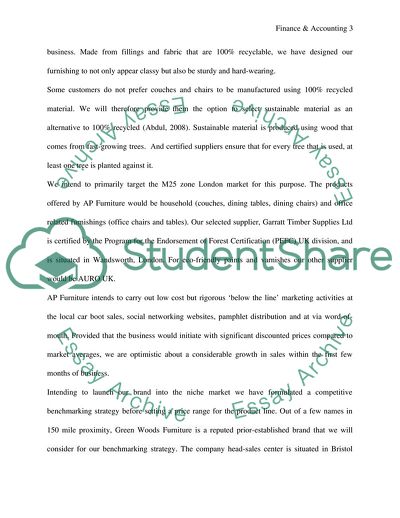Cite this document
(Recycle Furnitures (Tables & Chairs) Coursework, n.d.)
Recycle Furnitures (Tables & Chairs) Coursework. https://studentshare.org/business/1805688-recycle-furnitures-tables-chairs
Recycle Furnitures (Tables & Chairs) Coursework. https://studentshare.org/business/1805688-recycle-furnitures-tables-chairs
(Recycle Furnitures (Tables & Chairs) Coursework)
Recycle Furnitures (Tables & Chairs) Coursework. https://studentshare.org/business/1805688-recycle-furnitures-tables-chairs.
Recycle Furnitures (Tables & Chairs) Coursework. https://studentshare.org/business/1805688-recycle-furnitures-tables-chairs.
“Recycle Furnitures (Tables & Chairs) Coursework”. https://studentshare.org/business/1805688-recycle-furnitures-tables-chairs.


